Rosa, geisha, Geisha or Gesha? Reveal the story of the past life and this life of Rosa coffee beans.
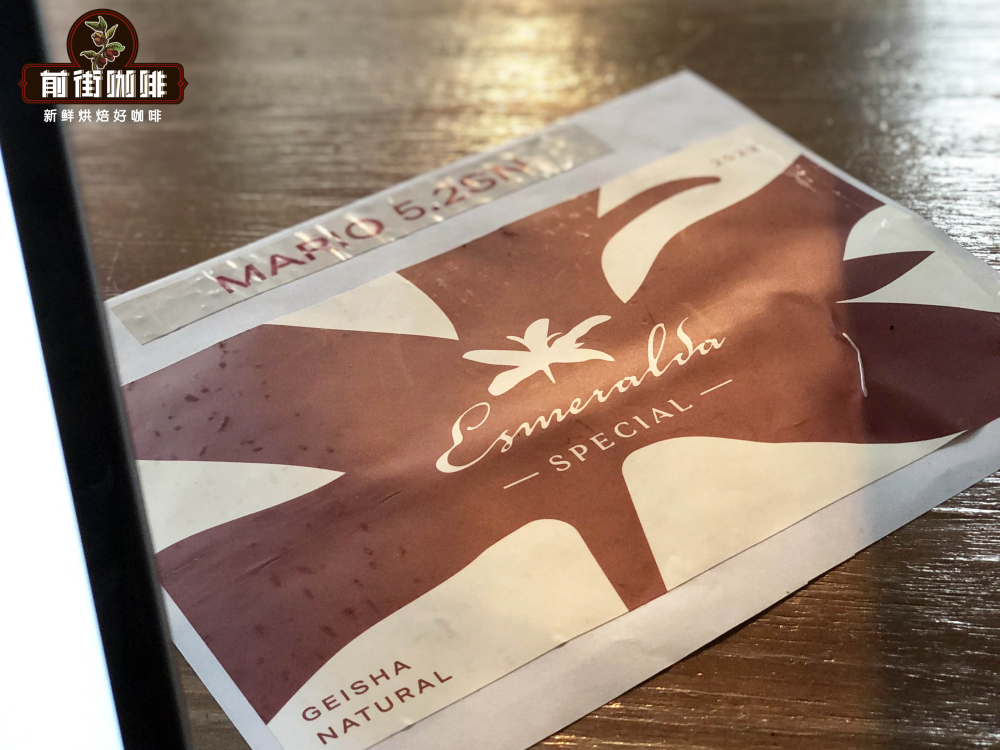
Professional coffee knowledge exchange more coffee bean information please follow the coffee workshop (Wechat official account cafe_style)
For more boutique coffee beans, please add private Qianjie coffee on Wechat. WeChat account: qjcoffeex
In September 2022, Luckin Coffee launched a series of Gesha SOE (single-producing rose summer espresso) products, which caused a heated discussion among netizens. In the impression of many small fires, Rosa coffee always has exquisite floral fragrance and pleasant rich acidity.
Luckin Coffee, as a chain coffee brand, wants to ensure the stability of products between stores, coffee beans will definitely be deeply roasted, so they will "spoil" the rich flavor of Rosa coffee beans. At the same time, the price of Rosa coffee beans has become more and more expensive in recent years. Ruixing's addition may affect the price of Rosa coffee in one step.
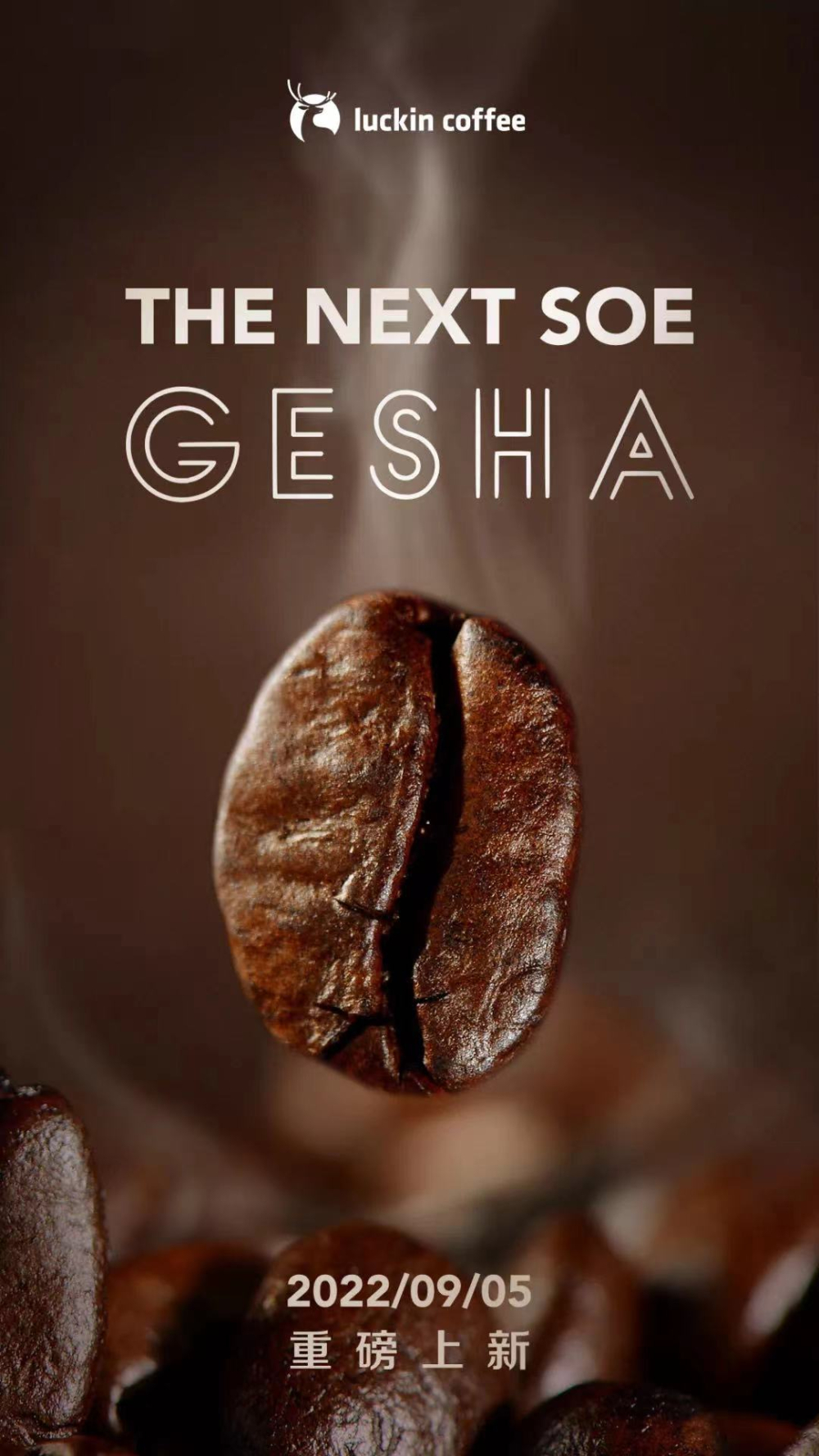
But! Although Luckin Coffee appeared on the shelves in Rose Summer, it was not the Rose Summer that everyone thought. People remember that most of the Rosa coffee beans with rich flower and fruit aromas come from Panama and a few from Central and South America, called Geisha. Luckin Coffee, on the other hand, uses a native rose summer from Ethiopia, called Gesha.
Is there any difference between Geisha and Gesha?
Yes, there is! Although there is only an one-letter gap, there are records that a sample of mixed coffee collected by an Englishman near Mount Ethiopia was marked Gesha and shipped to the British plantation in Kenya, but the letter sent back at the end of the mission was Geisha, and the word Geisha was later used in the European literature on Rose Summer.
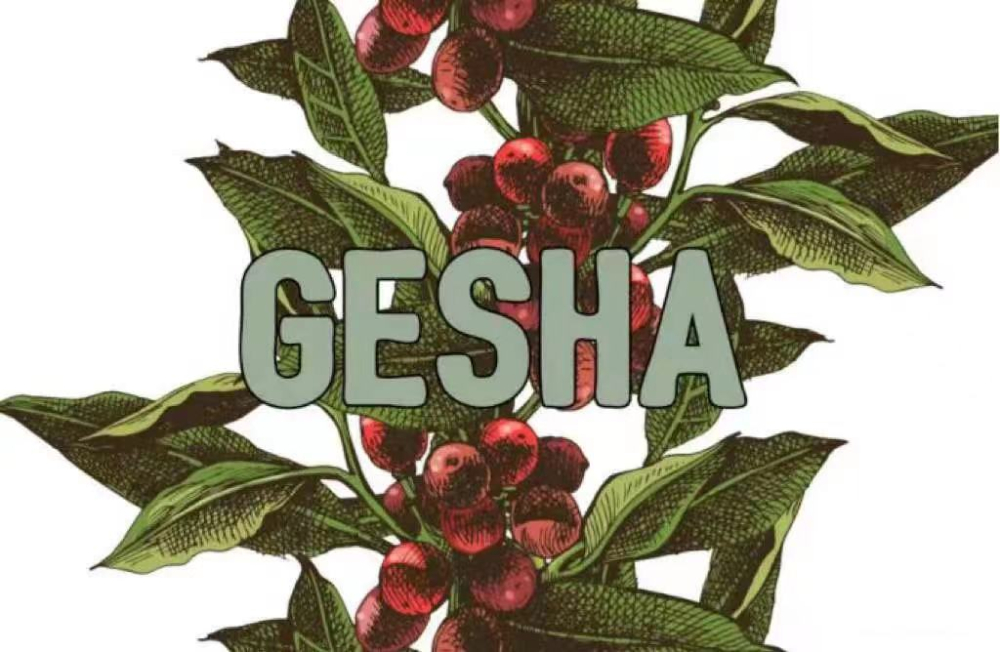
Also because the word Geisha has the same pronunciation as the Japanese word "geisha", Rosa is also known as "geisha". But in fact, I have had the opportunity to revise Gesha for so many years, but no, one is because it is just a transliteration problem, there is no text, and the other is really to distinguish the difference between the two.
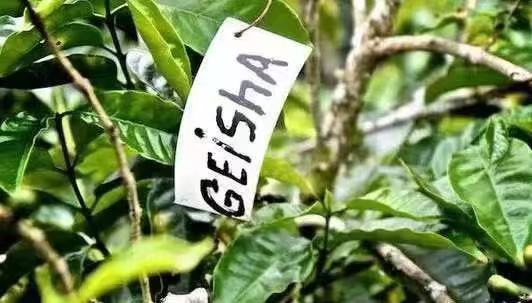
Rosa is not so much a variety as a strain.
Both Geisha in Panama and Gesha in Ethiopia originated from the deep forest near Mount Rosa in the Banchimaji region of Ethiopia, but the difference is that Geisha is only a member of the Rosa strain, numbered T2722, which has been cultivated and "tamed" for generations, so its flavor is very extreme, but the cost of planting is also very high. Coupled with the low production and the love of Rosa after it became famous, so much so that a small part of Rosa in Panama will be very expensive.
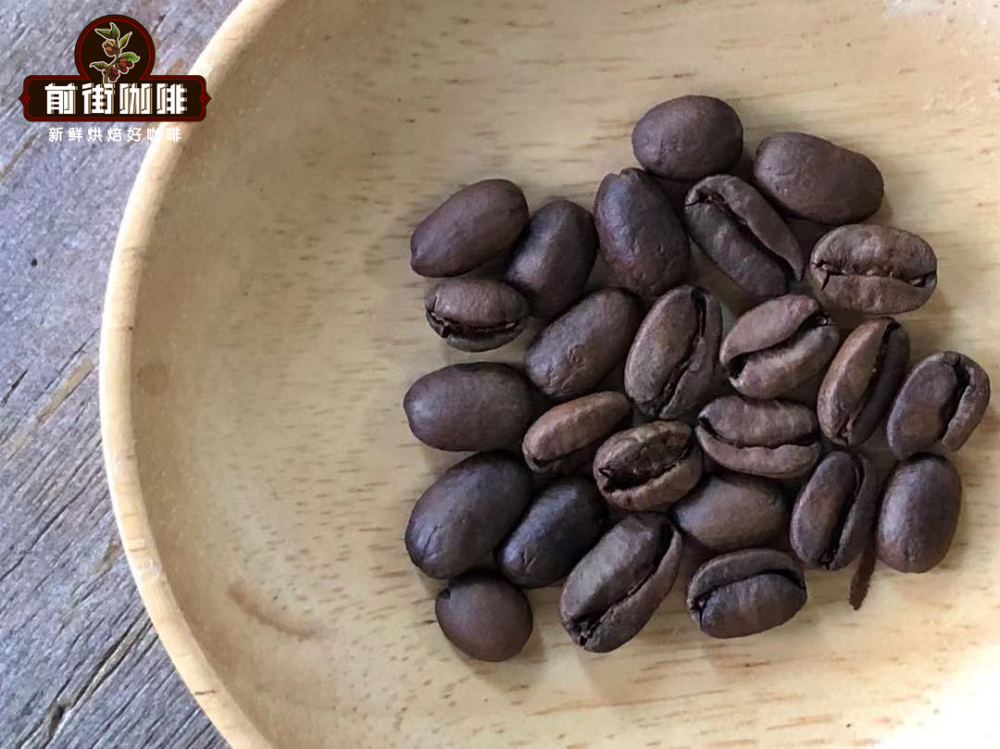
On the other hand, Gesha represents the native varieties in the Maji region of Ethiopia, because this is the hometown of Geisha, so the native varieties here are more or less related to the "tamed" Rosa, but the flavor, planting cost and yield are completely different.
According to Mr. Xu Baolin, a famous coffee expert in his "Bean Hunter 2", Banchimaji is the hometown of Rose Summer Coffee, but the Rose Summer Coffee produced here has a very different flavor from the well-known Panamanian Rose Summer. Ethiopia's original rose summer varieties in deep baking (after the second explosion), showing berries, nuts, spices, plant roots and other coffee flavor is not as delicate as the Panamanian rose.
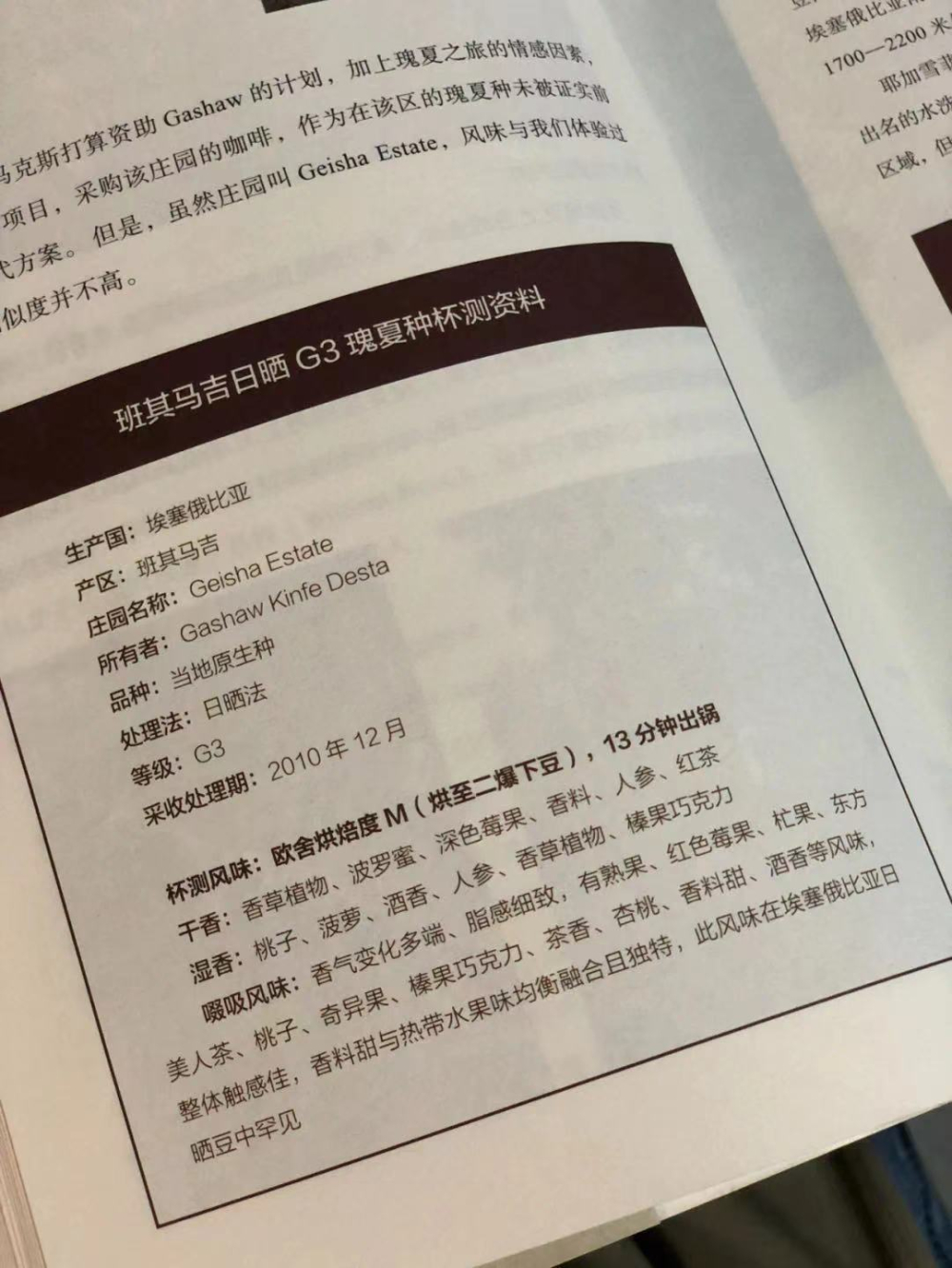
Although in most cases, in order to retain the flavor of light molecules (such as flowers and fruits), many roasters prefer to use light roasting to retain more acidity. But like the rose summer of Ethiopia, it can also show the taste of plant roots after deep baking, if you use shallow baking, it is easy to appear green and astringent taste.
Therefore, Qianjie Coffee believes that the depth of roasting needs to be determined according to the flavor and quality of coffee beans. Rose summer is not necessarily shallow roasting, nor is deep roasting not suitable for rose summer coffee beans. The most important thing is to be able to bake coffee beans that can guarantee the production. Of course, Ethiopia's original rose summer can be carefully distinguished and cultivated, and its coffee flavor can be very pleasing.
For example, Qianjie Coffee sells "Red Standard Gori Rose Summer Coffee beans in Rose Summer Village of Ethiopia", which has a very pleasant taste of sour berries, red flowers, roasted nuts and fermented tea.
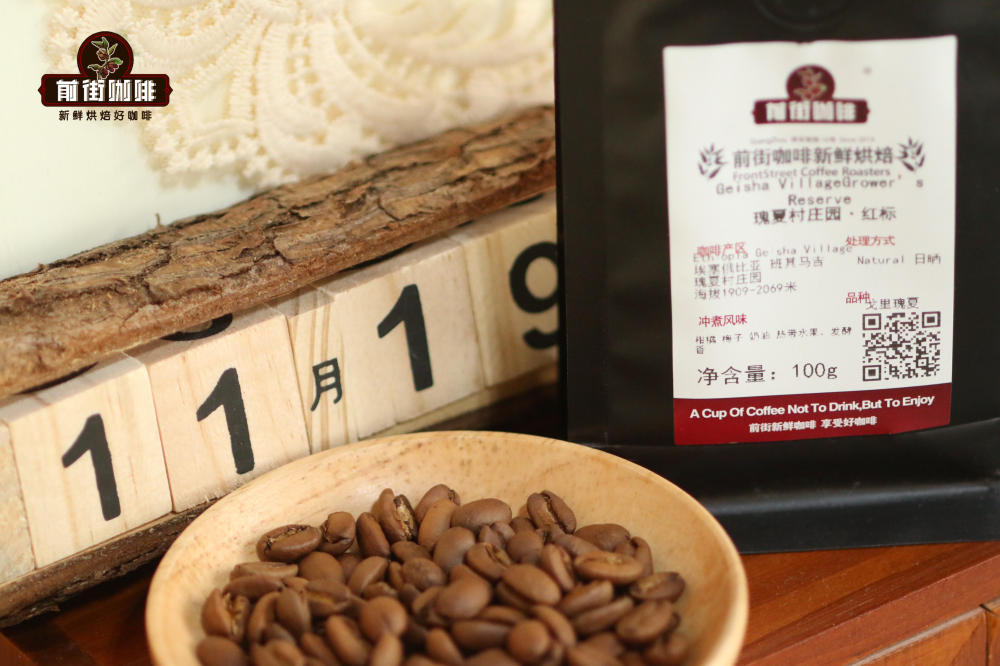
Gori Gesha is the place where the landowners of Rose Summer Village traced to the source of historical materials and thought that the British sampled roses from here, so they also took samples here, and finally selected Rose Xia 1931, which was not selected for genetic identification, but to observe the plant shape, the shape of beans, and the flavor of the cup to determine. From the sample, they think that this coffee variety is similar to the Panamanian summer.
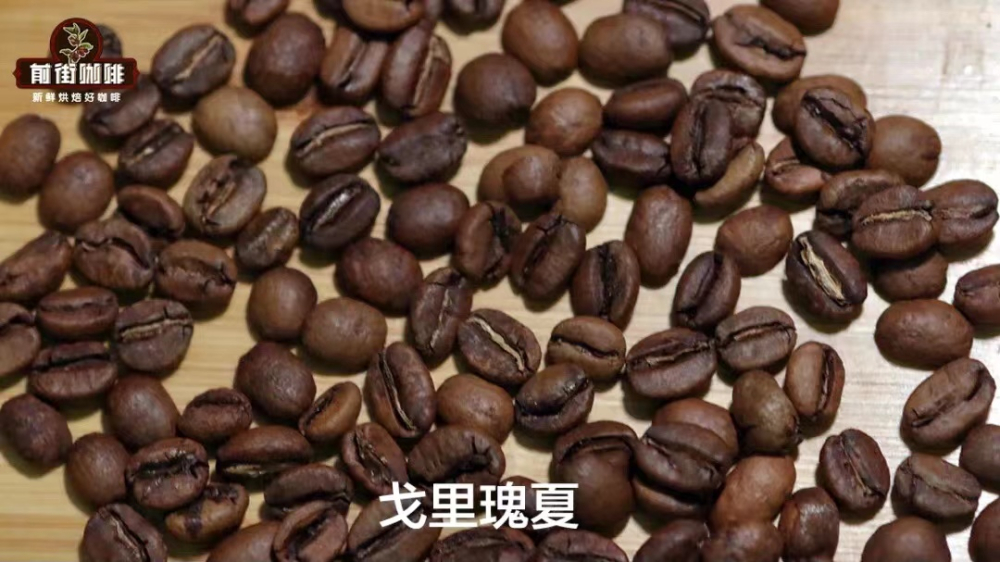
On the other hand, Gori Rose Summer was returned by the owner when he entered the Gori Forest again in 2011. Even if they find the right place, there are thousands of varieties in the Rosa Forest, there is no guarantee that the varieties they are looking for are the Rose Summer of that year (T2722). Therefore, it is normal to have different bean-shaped characteristics, after all, they are not the same variety.
Doesn't Panama also have a red label Rosa coffee beans?!
Yes, but there is a big difference in hierarchy! The Reserve of Esse Rose Village is not the highest grade. The coffee beans of the Red Standard batch account for about 15% of the annual output of Rosy Village. The whole traceability batch has a cup test score of more than 88 points (sca standard). It has a typical Rose Village flavor, and its flavor intensity and complexity are slightly weaker than those of the Gold Standard batch. It is a cost-effective batch.
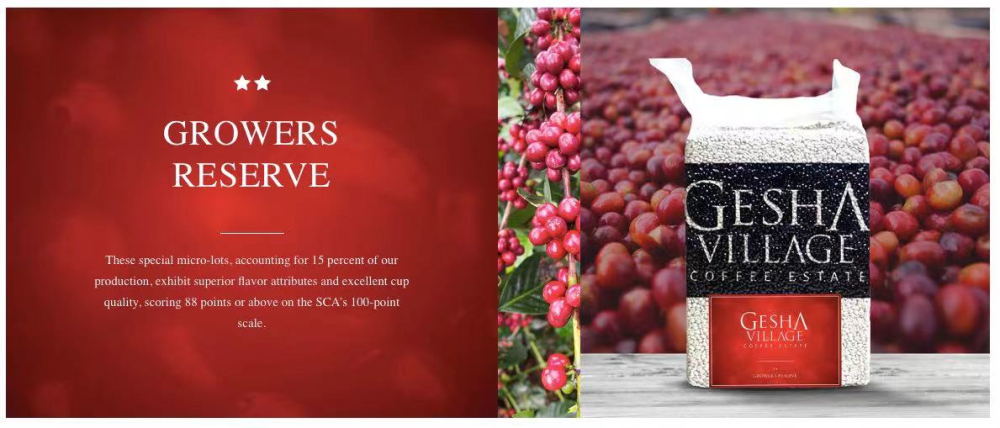
The red sign of the Jadeite Manor is officially called "Esmeralda Special" and translated into Chinese as "Jadeite Special selection". It is the Feicui Special selection series and the highest quality rose summer coffee beans sold by the Jadeite Manor. It grows in detailed plots of 1600-1800 meters above sea level, and the cup test of each batch must be more than 90 points. Usually this series comes from two sub-estates, Haramillo and Cannes Vidis (the Veil Manor has also produced a series of red marks, but this estate is mainly used as a commercial feasibility exploration, growing a lot of coffee varieties).
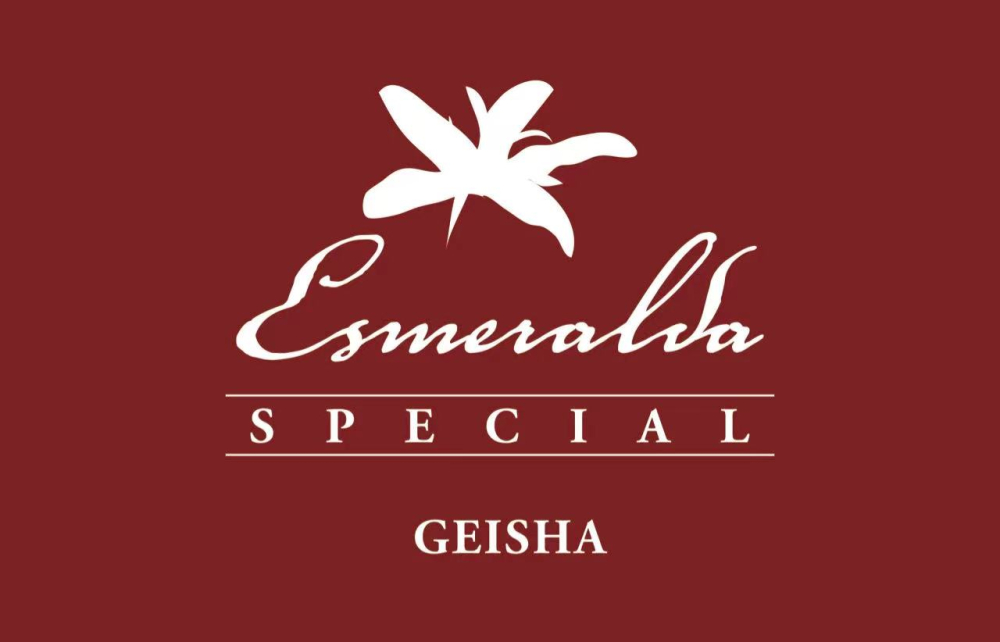
Another feature of the red label batch is that each batch has a separate number, while all the coffee beans in a batch come from a small plot. For example, Qianjie's red sign this year comes from the Mario plot. In this way, buyers can choose the batch that suits them according to the preference of subtle flavor.
The "Panamanian Emerald Manor Red label Rosa Coffee beans" sold on Qianjie Coffee has a very full acidity of berries, the smell of roses, the sweetness of honey and a sense of black tea.
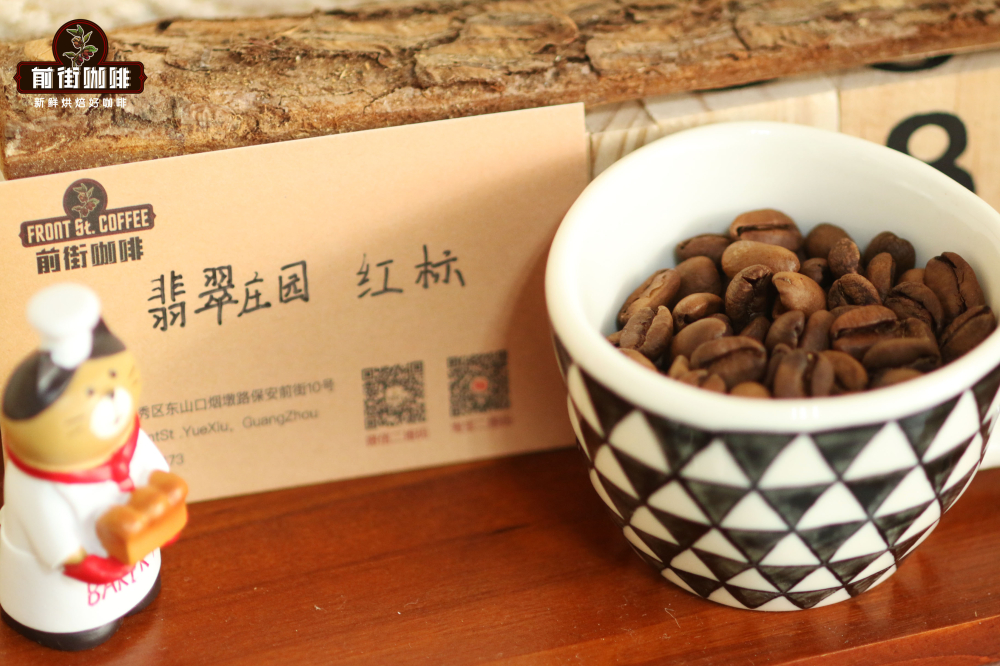
Important Notice :
前街咖啡 FrontStreet Coffee has moved to new addredd:
FrontStreet Coffee Address: 315,Donghua East Road,GuangZhou
Tel:020 38364473
- Prev
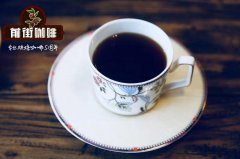
Philharmonic pressure usage tutorial | you can taste the fragrant coffee in only 6 steps. How to Aeropress
The barista's biggest worry is that can you grind for the Aeropress? Although you can always rely on espresso for fine grinding and quick brewing, while the French kettle is the opposite, Aeropress's extraction solutions are everywhere, and most of them are very bad. First of all, completely ignore the formula on the box. There is no doubt that Alan, the legendary inventor of Aeropress
- Next
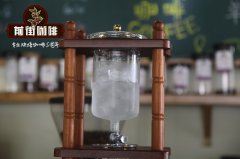
Guardia Antigua Coffee | Santa Clara Manor introduces sour bourbon species
Guardia Antigua, an old city close to the capital, is a tourist attraction. Coffee began in this city. A few years ago, most people in Antigua were attracted by its fine smoky smell, so the price was higher than that in other producing areas. Because of the large demand. the lack of supply has caused nearby towns to sell Antigua coffee, which must be caused by a mixture of the good and the bad.
Related
- Detailed explanation of Jadeite planting Land in Panamanian Jadeite Manor introduction to the grading system of Jadeite competitive bidding, Red bid, Green bid and Rose Summer
- Story of Coffee planting in Brenka region of Costa Rica Stonehenge Manor anaerobic heavy honey treatment of flavor mouth
- What's on the barrel of Blue Mountain Coffee beans?
- Can American coffee also pull flowers? How to use hot American style to pull out a good-looking pattern?
- Can you make a cold extract with coffee beans? What is the right proportion for cold-extracted coffee formula?
- Indonesian PWN Gold Mandrine Coffee Origin Features Flavor How to Chong? Mandolin coffee is American.
- A brief introduction to the flavor characteristics of Brazilian yellow bourbon coffee beans
- What is the effect of different water quality on the flavor of cold-extracted coffee? What kind of water is best for brewing coffee?
- Why do you think of Rose Summer whenever you mention Panamanian coffee?
- Introduction to the characteristics of authentic blue mountain coffee bean producing areas? What is the CIB Coffee Authority in Jamaica?

